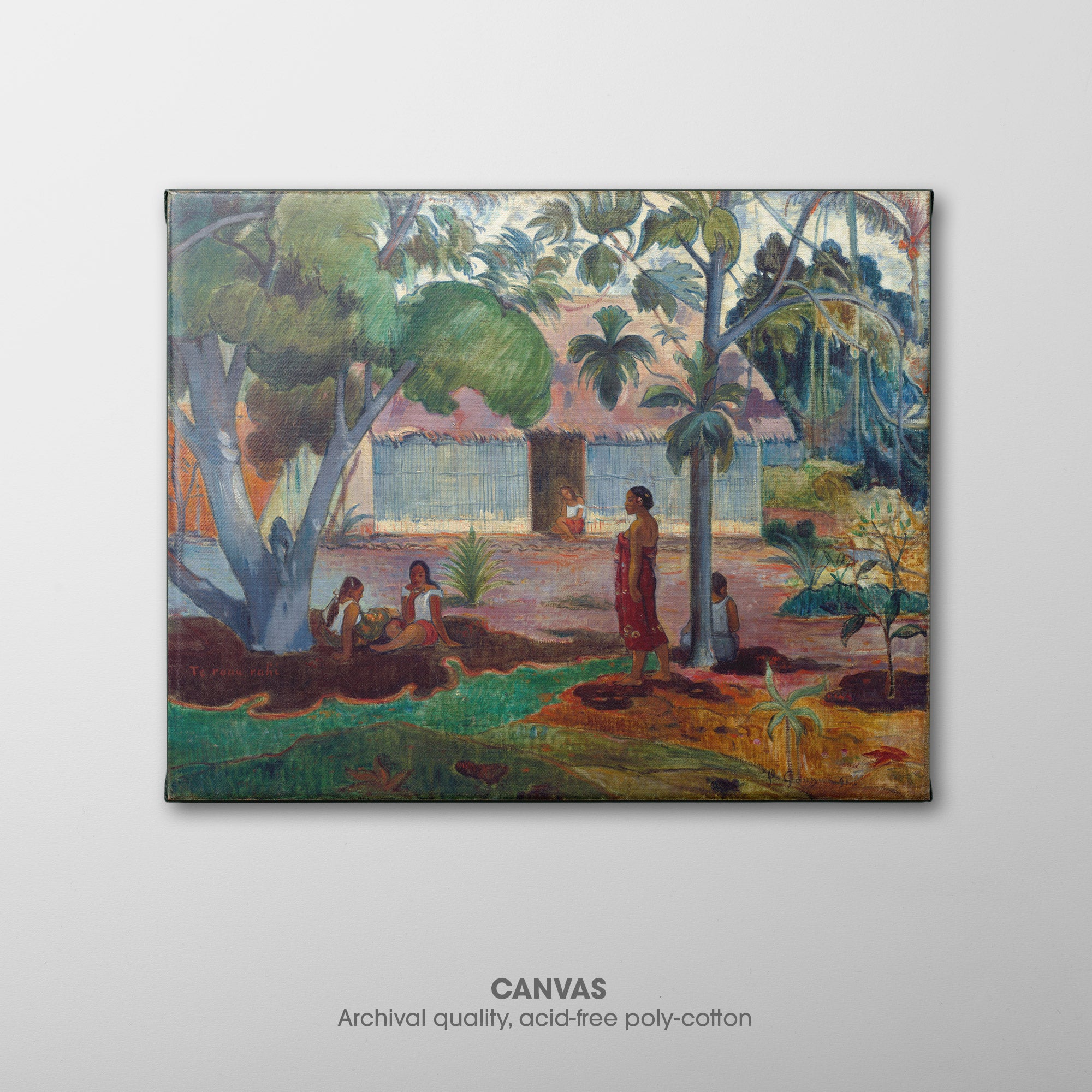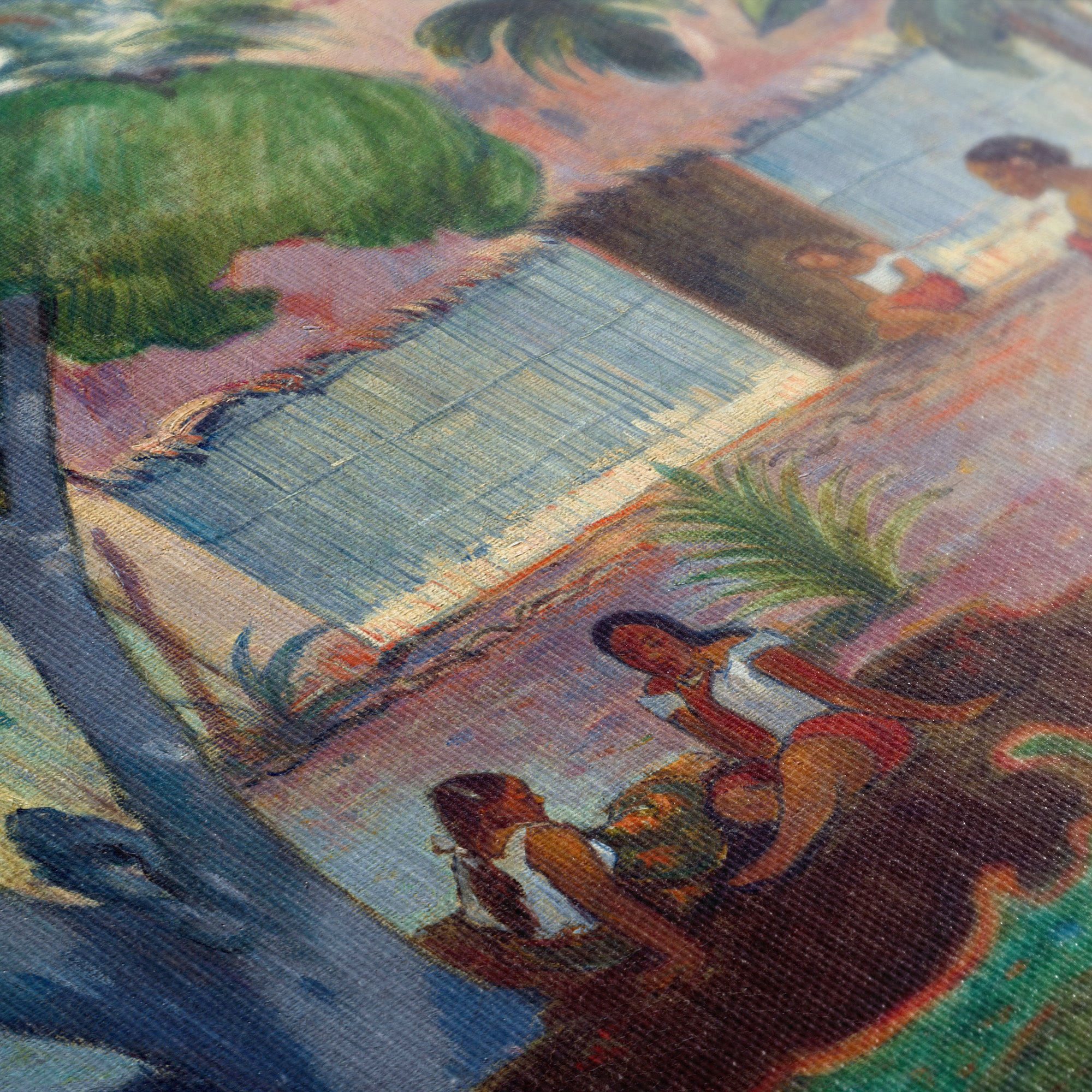Art Prints & Canvas
We create accurate, museum quality, true to scale reproduction wall art. Our curated collection of high quality Gauguin prints are superior to discount online art.
Own the Gauguin you always wanted.
Your new art ships for free...
And arrives ready to hang!
Curator's notes about Gauguin (+)
Paul Gauguin (June 7, 1848 - May 8, 1903) was a French post-Impressionist painter known for his bold use of color and innovative approaches to form. Notable works include "Vision after the Sermon (Jacob Wrestling with the Angel)," "Two Tahitian Women," and "The Loss of Virginity." He left his successful career as a stockbroker in France to pursue painting full-time, ultimately moving to Tahiti in search of inspiration and a simpler way of life, which profoundly influenced his art and style. Gauguin's style is characterized by a focus on symbolism, emotional depth, and the depiction of exotic landscapes and subjects. He contributed significantly to the development of modern art by rejecting naturalism and exploring the emotional and spiritual aspects of his subjects.
This curated collection includes some of Gauguin's most famous and recognized artwork, as well as some lesser known pieces that we consider ideal for personal collectors. All framed art prints and canvas prints are created from high resolution source files of the original Gauguin paintings.
-
Vision after the Sermon ☵ Gauguin ☳ Canvas
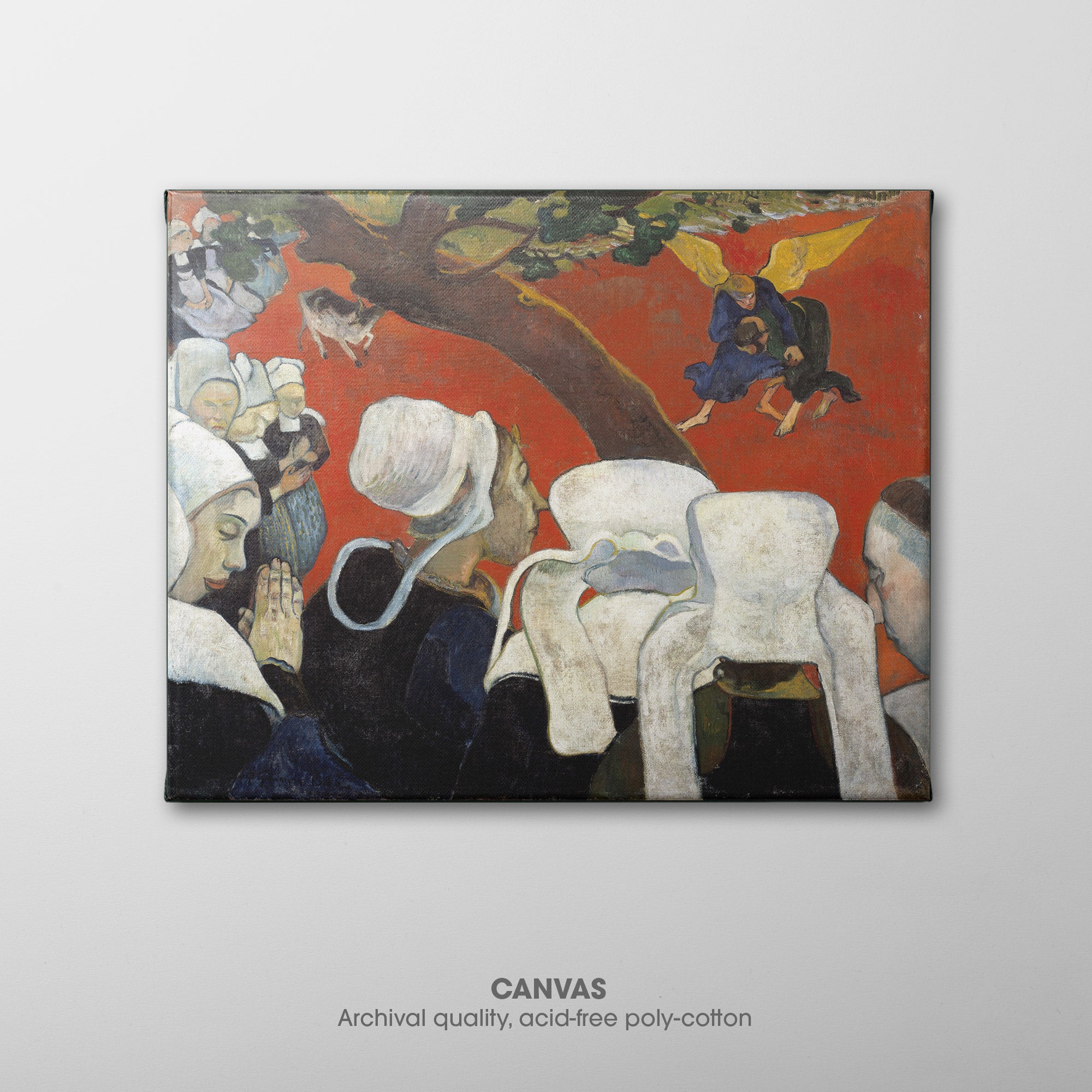
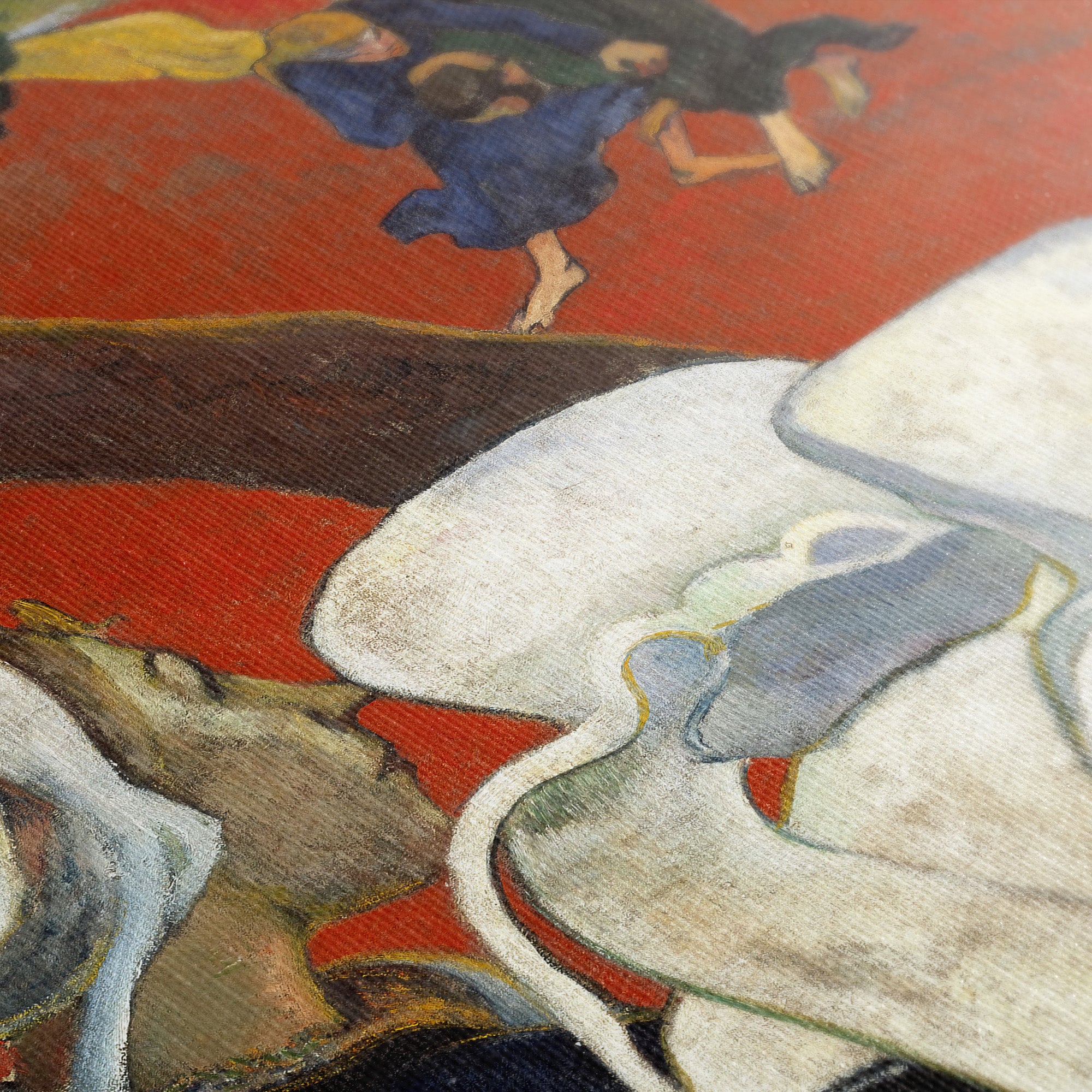 Vision after the Sermon (Jacob Wrestling with the Angel) (1888) by Paul Gauguin depicts a scene from the Bible in which Jacob wrestles an angel (Genesis 32:22-31), seen as a vision after a sermon in church by a group of Breton women ➵
Vision after the Sermon (Jacob Wrestling with the Angel) (1888) by Paul Gauguin depicts a scene from the Bible in which Jacob wrestles an angel (Genesis 32:22-31), seen as a vision after a sermon in church by a group of Breton women ➵◰ Canvas Reproductions
⧈ Framed Art Prints -
The Painter of Sunflowers ☰ Gauguin ☷ Canvas

 The Painter of Sunflowers (1888) by Paul Gauguin depicts Vincent van Gogh at work in front of a canvas and easel, painting a vase full of sunflowers sitting on a small round table. Gauguin and van Gogh stayed together in The Yellow ➵
The Painter of Sunflowers (1888) by Paul Gauguin depicts Vincent van Gogh at work in front of a canvas and easel, painting a vase full of sunflowers sitting on a small round table. Gauguin and van Gogh stayed together in The Yellow ➵◰ Canvas Reproductions
⧈ Framed Art Prints -
The Loss of Virginity ☳ Gauguin ☲ Canvas

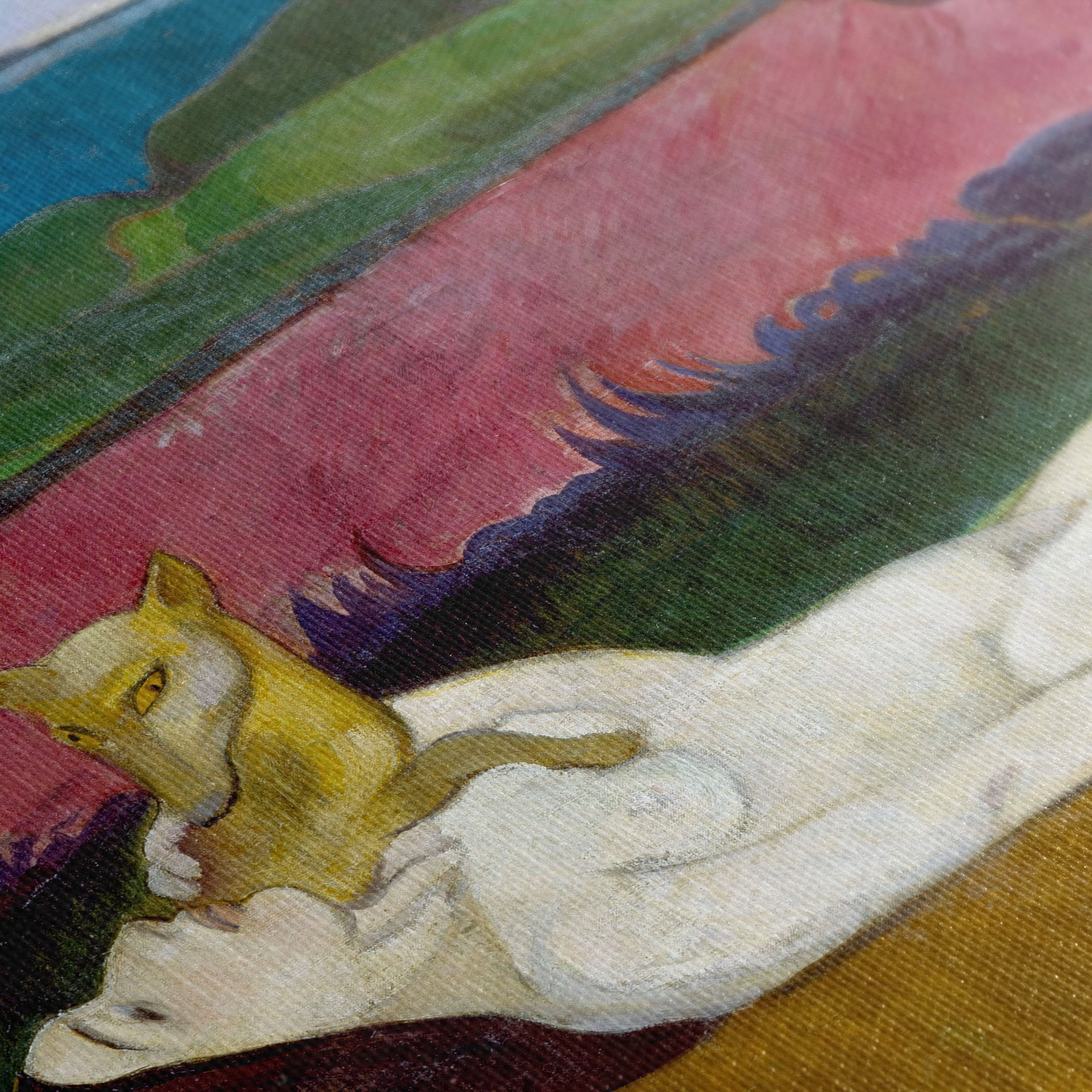 The Loss of Virginity (The Awakening of Spring) (1891, La Perte de Virginité, le Réveil du Printemps) by Paul Gauguin symbolically depicts a young woman's loss of virginity. The woman is laying naked in a Breton field overlooking the ocean, plucked flower ➵
The Loss of Virginity (The Awakening of Spring) (1891, La Perte de Virginité, le Réveil du Printemps) by Paul Gauguin symbolically depicts a young woman's loss of virginity. The woman is laying naked in a Breton field overlooking the ocean, plucked flower ➵◰ Canvas Reproductions
⧈ Framed Art Prints -
In the Waves ☵ Gauguin ☷ Canvas
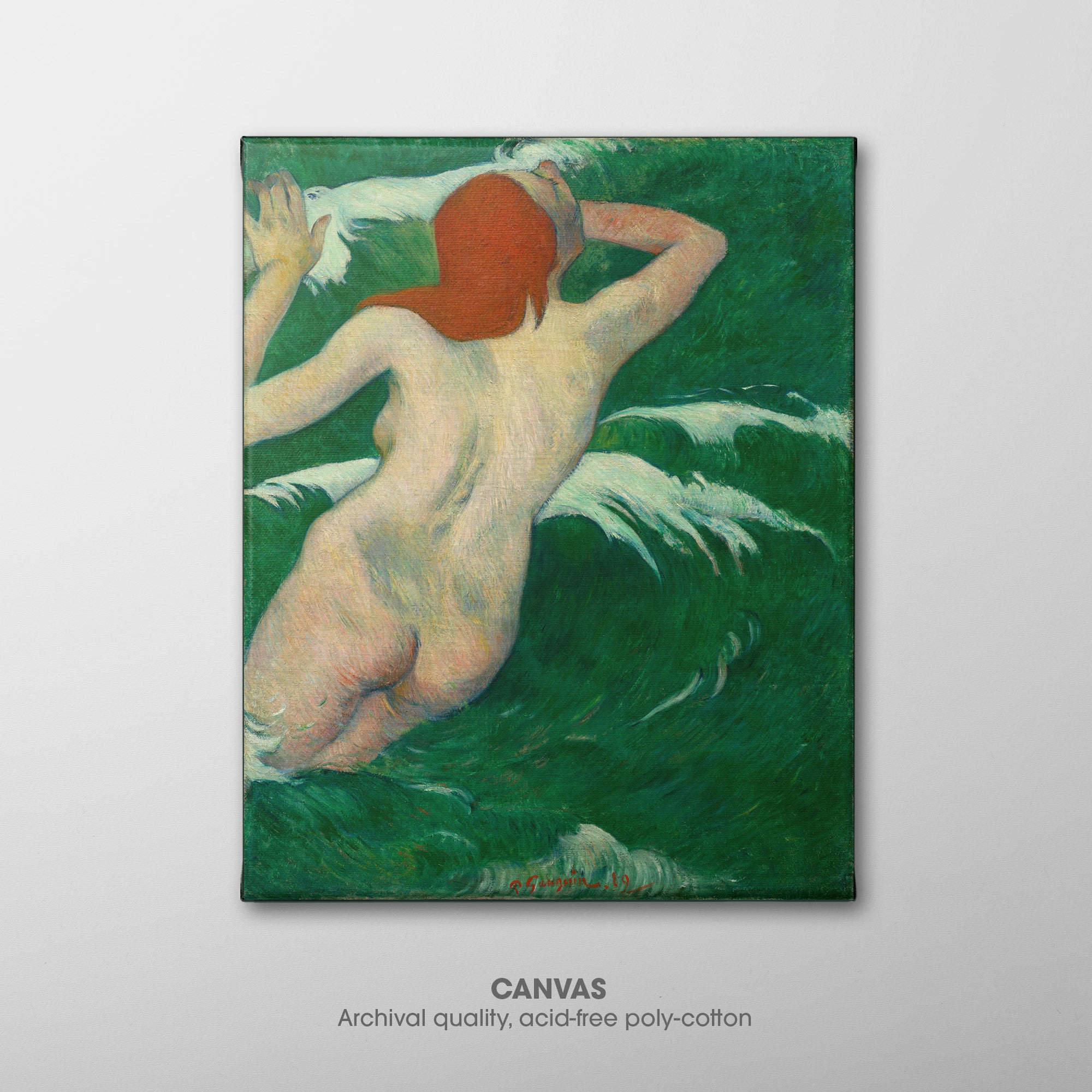
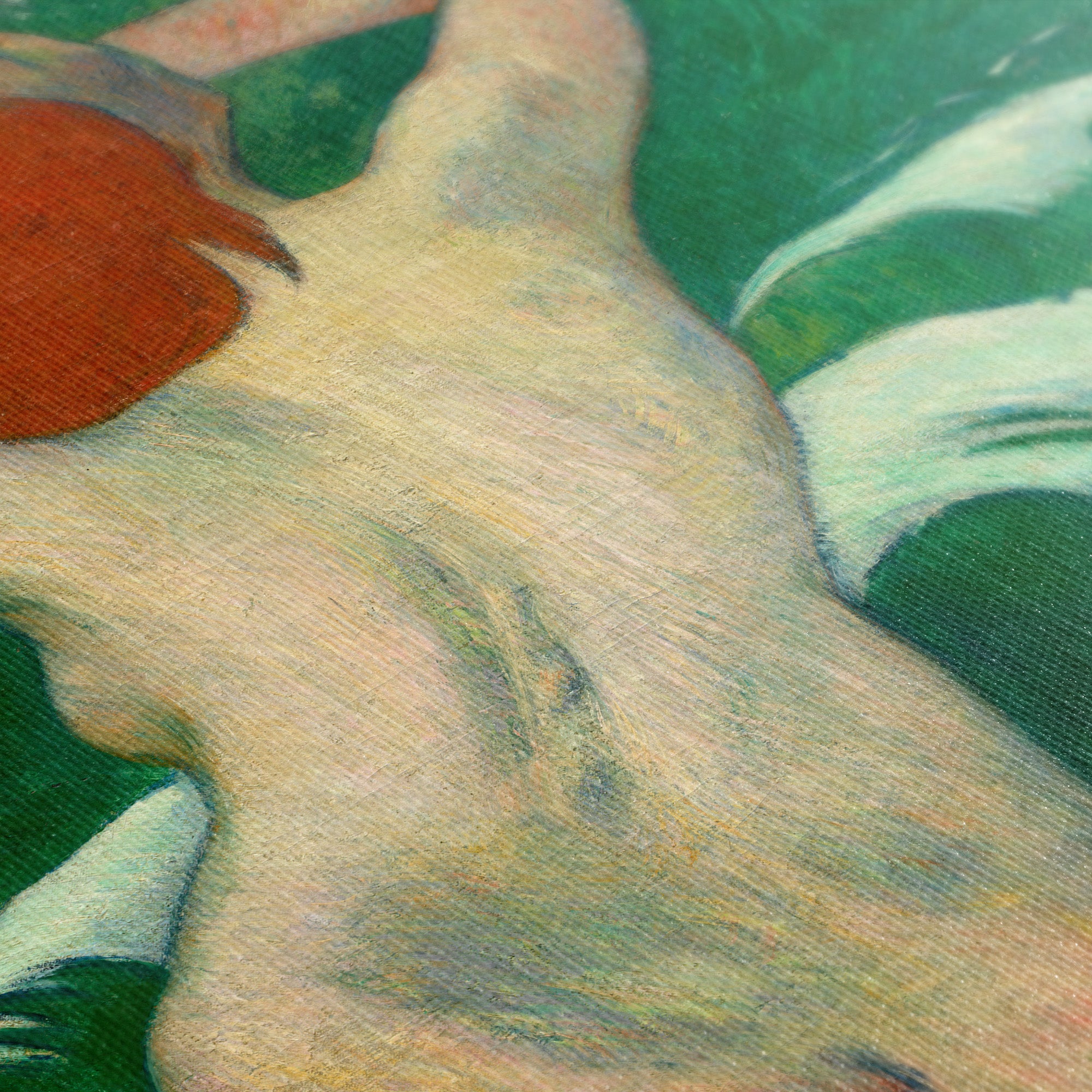 In the Waves (1889, Dans les Vagues) by Paul Gauguin was created during his time in a small coastal village called Pont-Aven where he sought to immerse himself in nature and escape modern civilization. It depicts a nude figure throwing herself into ➵
In the Waves (1889, Dans les Vagues) by Paul Gauguin was created during his time in a small coastal village called Pont-Aven where he sought to immerse himself in nature and escape modern civilization. It depicts a nude figure throwing herself into ➵◰ Canvas Reproductions
⧈ Framed Art Prints -
Two Tahitian Women ☷ Gauguin ☲ Canvas

 Two Tahitian Women (1899) by Paul Gauguin depicts two topless women, one holding mango blossoms, surrounded by green foliage. It reflects his fascination with Tahitian culture and his exploration of beauty and femininity. Evoking classical nudes and relying on gesture and facial ➵
Two Tahitian Women (1899) by Paul Gauguin depicts two topless women, one holding mango blossoms, surrounded by green foliage. It reflects his fascination with Tahitian culture and his exploration of beauty and femininity. Evoking classical nudes and relying on gesture and facial ➵◰ Canvas Reproductions
⧈ Framed Art Prints -
Self-Portrait ☷ Gauguin ☰ Canvas
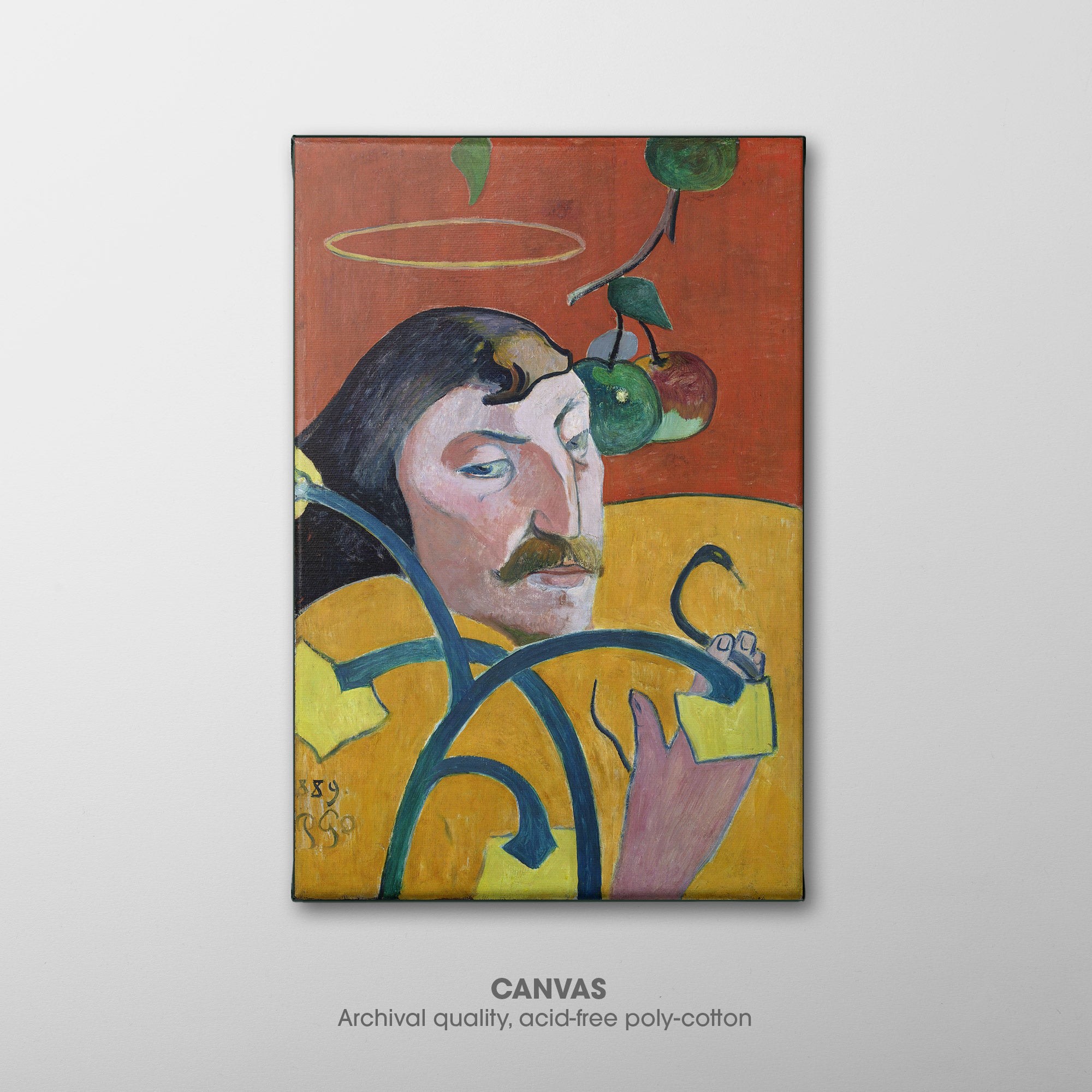
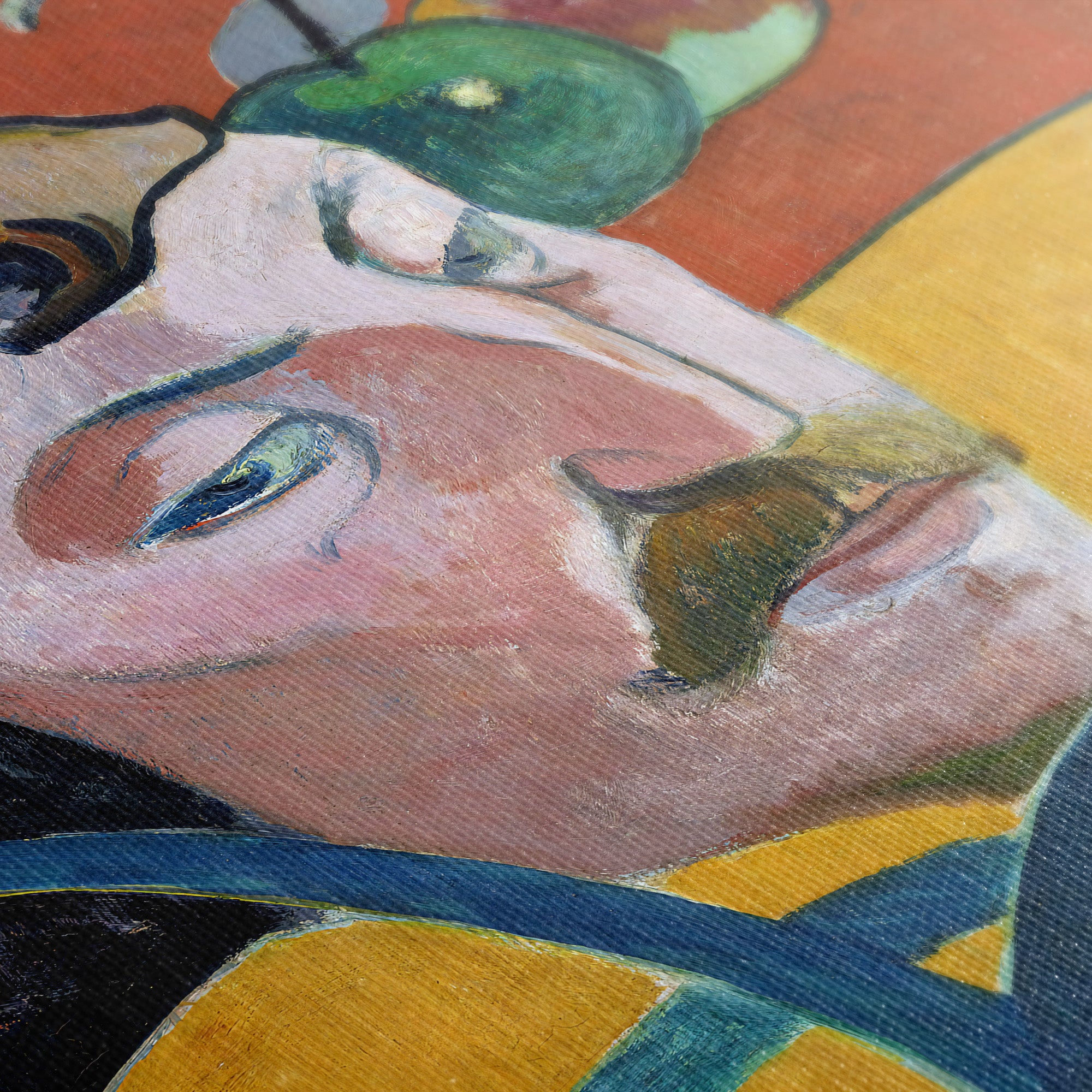 Self-Portrait with Halo and Snake (1889) by Paul Gauguin is one of more than 40 self-portraits he completed during his lifetime. This portrait demonstrates his use of religious symbolism, and the influence of Japanese wood-block prints. Gauguin divides the canvas in half, ➵
Self-Portrait with Halo and Snake (1889) by Paul Gauguin is one of more than 40 self-portraits he completed during his lifetime. This portrait demonstrates his use of religious symbolism, and the influence of Japanese wood-block prints. Gauguin divides the canvas in half, ➵◰ Canvas Reproductions
⧈ Framed Art Prints -
The Wave ☳ Gauguin ☵ Canvas

 The Wave (1888, La Vague) by Paul Gauguin was painted during a trip to Brittany, France. It characterizes his evolving style from realistic portraits and landscapes to more symbolic representations. The perspective and scale, lack of horizon, and rainbow of color open ➵
The Wave (1888, La Vague) by Paul Gauguin was painted during a trip to Brittany, France. It characterizes his evolving style from realistic portraits and landscapes to more symbolic representations. The perspective and scale, lack of horizon, and rainbow of color open ➵◰ Canvas Reproductions
⧈ Framed Art Prints







